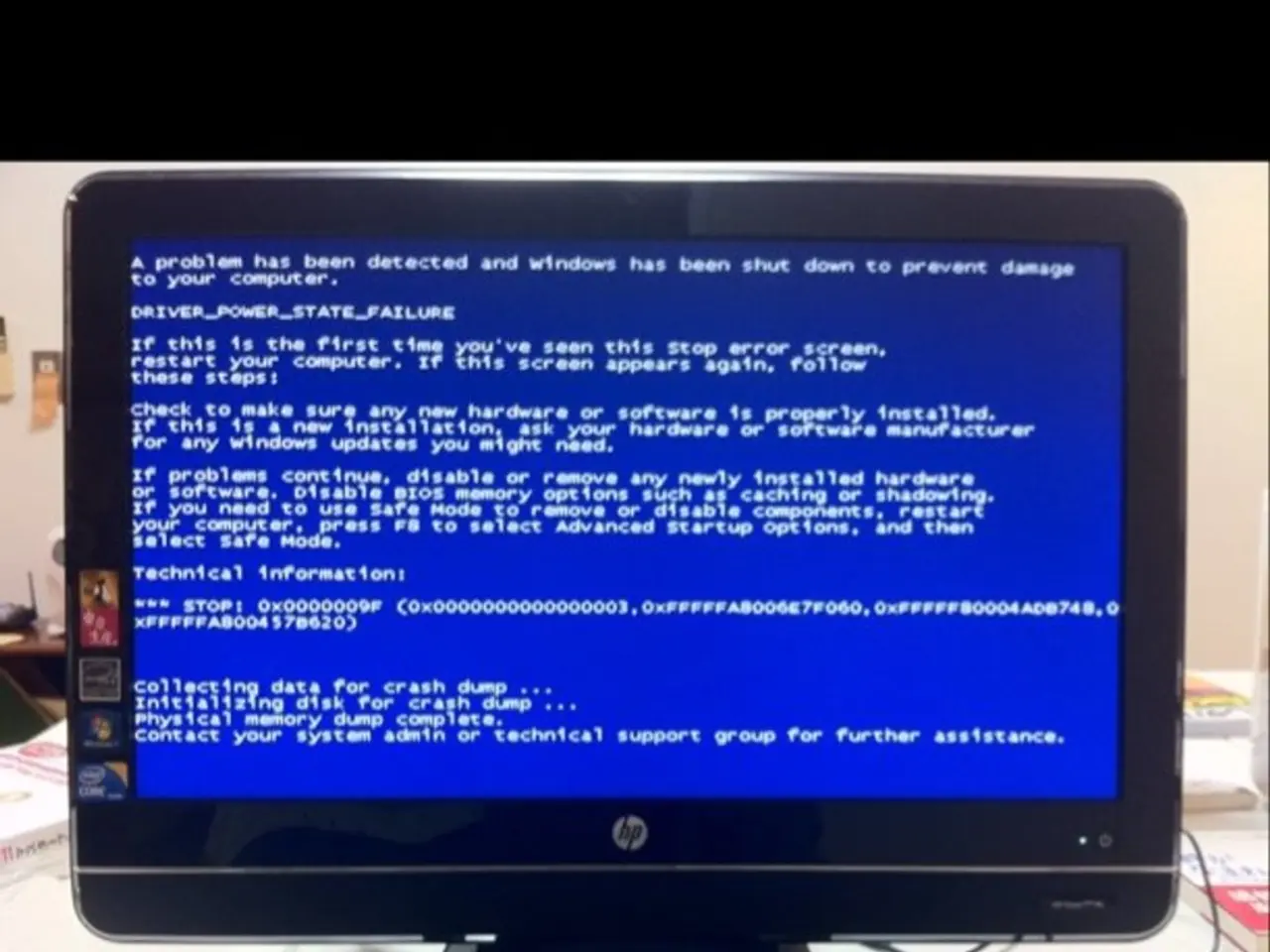Uncovering Quick Approaches: Harnessing Visualization for Swifter Resolution of SAT Geometry Puzzles
In the world of standardised tests, the SAT Geometry section can be a daunting challenge for many students. However, a powerful tool lies in the ability to harness the power of visualization. By applying various strategies, you can make complex geometry problems manageable and solve them more efficiently.
Firstly, it's essential to draw clear, accurate diagrams. Carefully sketch the problem scenario, ensuring all given information is labeled. This visual foundation makes abstract information tangible and easier to analyse quickly.
Secondly, if the problem involves composite figures or transformations, break them down into simpler parts or steps. For example, split complex polygons into triangles or identify shapes after each transformation to see their relationships more clearly.
Thirdly, interactive platforms like GeoGebra or Desmos Geometry can be invaluable. These tools allow you to construct and manipulate figures dynamically, offering immediate visual feedback that aids understanding and quickens problem-solving.
Fourthly, focus on key properties and invariants that remain unchanged under transformations. Visualize these invariants as shortcuts to find answers without extensive calculations.
Fifthly, visualizing individual right triangles separately can help you spot similarity relationships quickly, allowing you to apply geometric theorems instantly instead of working through long algebraic steps.
Sixthly, practice visual pattern recognition. Over time, training your eye to recognize common geometric patterns and configurations helps you visualize solutions without re-deriving fundamentals each time.
Lastly, use visualization to check your work. Draw auxiliary lines or points to test your solution ideas visually before committing to calculations. This step helps avoid errors and can reveal simpler solution paths.
By combining these visualization techniques with consistent practice, especially with timed SAT geometry quizzes, you'll enhance your speed and confidence in solving geometry problems effectively on test day.
Here's a summary table of visualization strategies for SAT Geometry:
| Strategy | Description | Benefit | |----------------------------------|-----------------------------------------------------|----------------------------------| | Clear Sketching | Accurate, labeled drawings | Makes abstract info concrete | | Decompose Figures | Break complex shapes into simpler parts | Simplifies problem analysis | | Use Dynamic Tools (GeoGebra, Desmos) | Interactive manipulation of figures | Immediate visual feedback | | Focus on Invariants | Visualize properties preserved under transformations | Reduces calculation time | | Spot Triangle Similarity | Draw triangles separately and identify similarity | Allows instant geometric solutions| | Train Pattern Recognition | Practice common geometric configurations | Quicker recognition of shortcuts | | Visual Check Before Calculation | Use auxiliary lines/points | Avoids errors, reveals shortcuts |
Employing these approaches will help you harness the power of visualization to solve SAT geometry problems more efficiently. Regular practice, especially with practice tests, strengthens your visualization habit over time. Additionally, using proportional reasoning visually simplifies calculations and helps ensure accuracy in SAT Geometry problems.
Quick, clear sketches during the SAT can save time overall by preventing confusion and errors. Even messy drawings are acceptable as long as they help you understand the problem. Mastering Geometry with Visualization Techniques turns complex questions into clear, manageable tasks, helping you work efficiently and accurately on test day.
Free SAT Geometry visualization worksheets and practice sets are available at RevisionDojo.
Incorporating visualization techniques into your education-and-self-development plan can significantly improve your understanding of geometry, especially online-education related to SAT. Regular practice of these strategies, such as clear sketching, decontamination of figures, using dynamic tools, focusing on invariants, spotting triangle similarity, training pattern recognition, and visual checking before calculation, will increase your efficiency in solving geometry problems. By practicing with practice tests and worksheets from resources like RevisionDojo, you can strengthen your visualization habit and perform well on test day.




